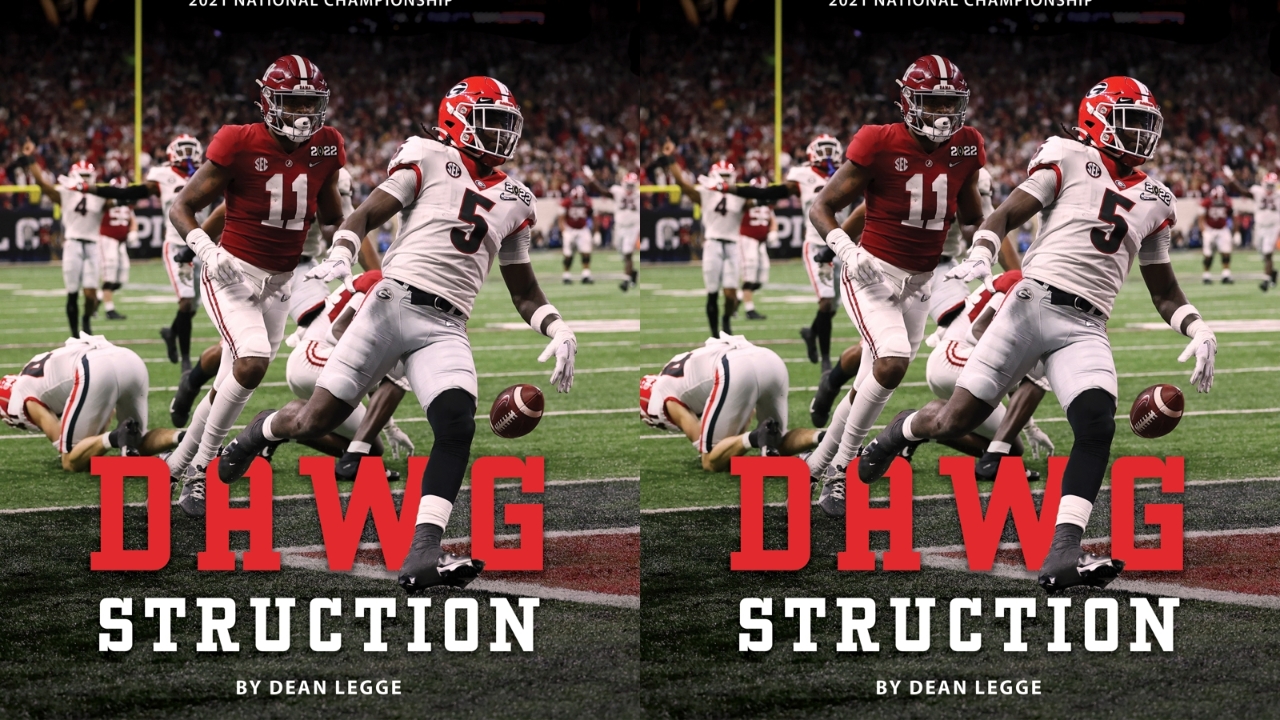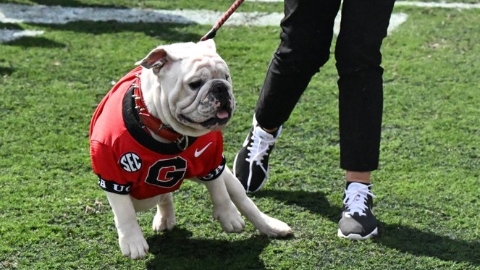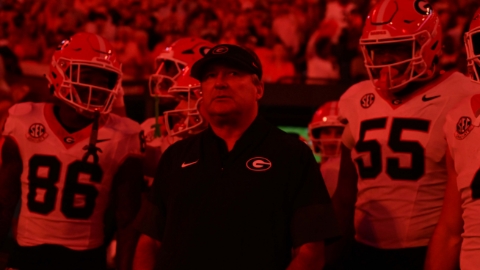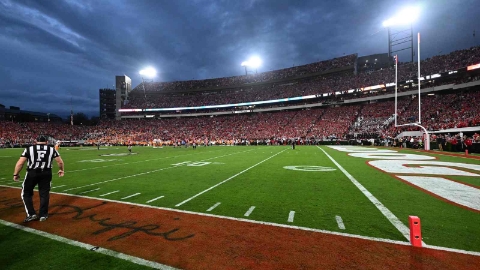The Good, Bad, and Ugly of Name, Image and Likeness
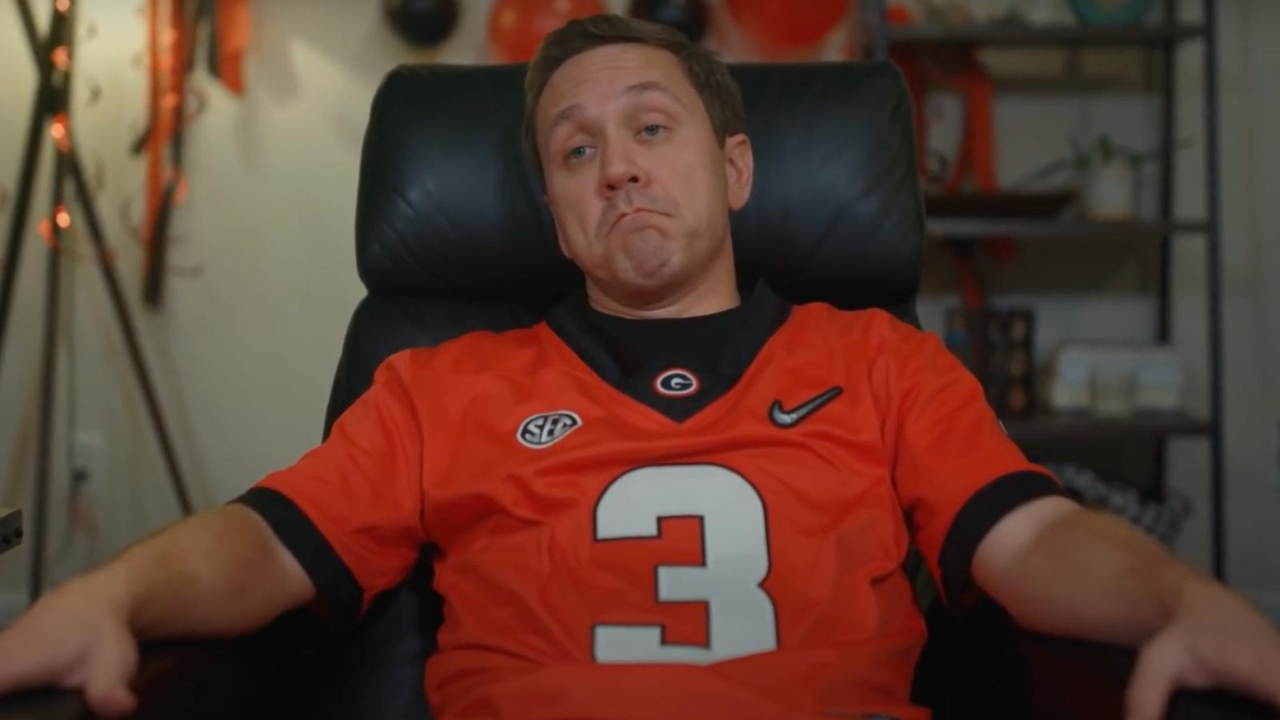
DON’T MISS OUT: Get our insider newsletter today!
Jimbo Fisher has to be ecstatic that Brian Harsin exists. If you haven’t heard the opening statement of Jimbo on national signing day in front of the Texas A&M media pool, it’s a 3-plus minute rant that defies the unwritten rules of the college coaching profession. Better yet, watch the video. Good old Jimbo came out prepared, glasses and note cards present, to lay down a gauntlet for anyone who would challenge his #1 rated signing class. This signing class is, by rating, the highest rated signing class in the history of college football. Jimbo signed 7 5-star rated players this cycle, after only signing 5 total in his tenure as the Aggies head man. His defensive rant on national signing day has only been overshadowed by the absolute dumpster fire that is Auburn athletics and the potential future of Harsin. And in that defensive rant, Jimbo broke the first rule of controversy – don’t acknowledge it. If there’s nothing to see here, don’t even talk about it. If there is something to see here, don’t talk about it. You don’t talk about Fight Club!
This controversy starts and ends with the Name, Image, and Likeness (NIL) fiasco that, along with the transfer portal, has shifted the landscape of college football. Up front, I’m a fan of the NIL. I do believe players should receive compensation as the most important part of the college football machine. It’s the right thing to do. And there is a lot of good that can come from the NIL. Families that wouldn’t be able to send their kid to school without a scholarship don’t have to worry about how to help that kid make ends meet while they are a student. While it’s been a minute since I was an undergrad, I do remember my scholarship not covering every expense for attendance.
Fortunately, my parents helped underwrite my spending habits outside of the dining facility. This helps players avoid money traps that lead to NCAA violations and missed playing time due to suspensions (see Gurley, Todd and Green, AJ). A recent story published by ESPN talked about a BYU booster who signed all the walk-on football players to an NIL deal that will help them pay for school. That’s pure goodness that wasn’t allowed until last year. When boosters and businesses use their power for good, the benefit for the players can only be positive. The second and third order effects of NIL deals can also give coaching support staffs the opportunity to teach young players how to manage money even if they don’t get a professional contract in their chosen sport. Further, take Nakobe Dean’s NIL deal. He turned that into community support for his home in Horn Lake, MS as well as community outreach in the Athens / Clarke County area. That’s using your power for good.
There’s a lot of bad with the NIL. My initial thought was that the NCAA was feckless, meaning they just threw their collective hands up and decided not to do anything to either help or limit NIL deals with athletes. Upon further study, there’s not much the NCAA can do to put effective curbs on potential NIL deals. Federal Anti-trust laws make it difficult, if not impossible, for the NCAA to effectively manage or limit who can be the beneficiary of an NIL deal and how much they could potentially make. Anti-trust laws prohibit policies that limit competition, and the NCAA was rightly fearful in running afoul of federal law. Further, individual state laws are equally inconsistent. Utah, where BYU is located, doesn’t have laws that prohibit schools from brokering deals between athletes and suitors. In the above-mentioned case of the booster paying for walk-on scholarships, state law allowed it. I don’t believe Georgia state law prohibits it either, but many schools are proceeding cautiously. What’s really bad about this situation, aside from virtually no enforceable limits from the NCAA, is that the potential exists for federal government legislation that would only come if the NIL situation grew untenable. Federal intervention will potentially further remove college athletics from the amateur status into more of a professional existence, which opens the door for unionization of athletes. In this case, how do you differentiate between a college football player and a regular, run of the mill college student? If state legislatures get involved to loosen current state-level restrictions, how does the playing field stay remotely leveled?
NCAA bylaws prohibit using endorsement deals as a recruiting tool. As we dive into the ugly part of NIL, this is where I believe the worst of NIL lies. I haven’t been able to find anything that lists the NIL deals for the incoming Texas A&M freshman class, but there were multiple rumors and innuendo that appeared to show that Aggie boosters brokered deals with this class to secure their commitment. If proven, that’s a huge violation. Why is this the ugly part?
Ego. Greed. Manipulation. Not on the part of the athlete, though. It’s on the adults. The parents, boosters, etc. that would steer a player to a school because of the short-term monetary gain. As Kirby said, there are a lot more commas in the payday when a player makes it to the NFL, or graduates with a degree and can enter the workforce. The ugly side of the NIL rests solely with adults. The boosters that will prey on young kids, and their parents, have long been an issue. Now that it’s mostly out in the open, how will big money adults skirt what few rules exist to ensure they get what they want?
How will parents react to their athlete being courted with dollar signs? While we all may want to judge an athlete on where they attend college, or transfer to, the onus is on the adults. Period. In the case of male athletes, it’s been scientifically proven that the male brain doesn’t fully form until the mid-twenties. (I’m living proof of that.) So, if the partially formed brain of a teenage athlete can’t be trusted, it falls on the adults to make adult decisions. And we are seeing the first of what may be many truly misguided decisions that will affect athletes negatively. What happens when a promise of endorsement that leads to a recruiting commitment is found to be in violation of the rules? What happens when a legal NIL deal goes sideways when the athlete doesn’t perform to the expected level? I’m waiting for the day when an athlete has to pay back NIL money because of unfulfilled expectations. The adults in this conversation will be at fault while the athletes will bear the brunt of the pain.
I think Jimbo owes Auburn an adult beverage, at the least. Auburn’s ham-fisted handling of the Harsin debacle has kept his overzealous rant off the front pages. Whether or not the Aggie recruiting class was “legal” or not, Jimbo’s diatribe has brought the first real stink on NIL. And I fear it won’t be the last…to the detriment of the athletes involved.
